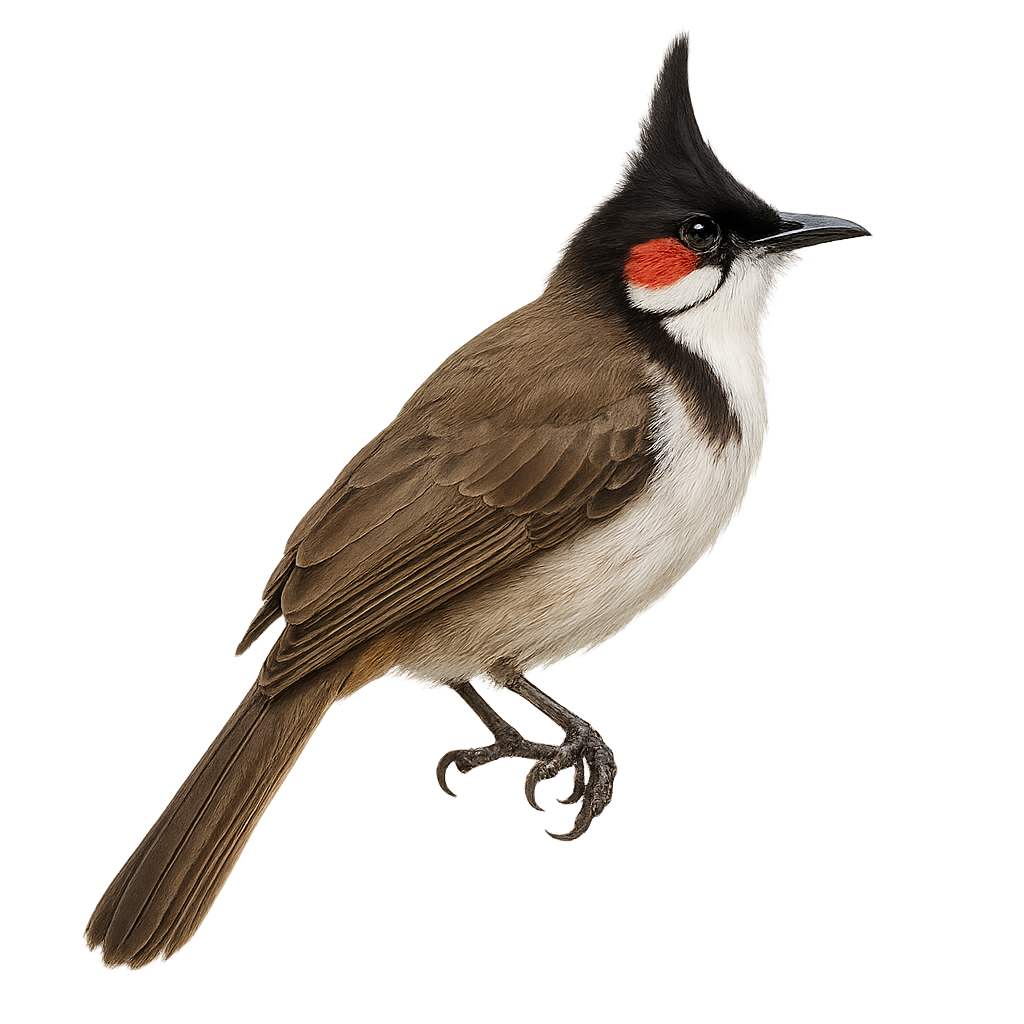Your wildlife photography guide.
Explore the red-whiskered bulbul in detail, study its behavior, prepare your shots.
Where to observe and photograph the red-whiskered bulbul in the wild
Learn where and when to spot the red-whiskered bulbul in the wild, how to identify the species based on distinctive features, and what natural environments it inhabits. The WildlifePhotographer app offers tailored photography tips that reflect the red-whiskered bulbul’s behavior, helping you capture better wildlife images. Explore the full species profile for key information including description, habitat, active periods, and approach techniques.
Red-whiskered Bulbul
Scientific name: Pycnonotus jocosus

IUCN Status: Least Concern
Family: PYCNONOTIDAE
Group: Birds
Sensitivity to human approach: Tolerant
Minimum approach distance: 5 m
Courtship display: March to August
Incubation: 12-14 jours
Hatchings: March to September
Habitat:
Forests, gardens, urban parks
Activity period :
Primarily active during the day, with peak activity in the morning and late afternoon.
Identification and description:
The Red-whiskered Bulbul, or Pycnonotus jocosus, is a bird with distinctive plumage, recognizable by its pointed black crest and white cheeks adorned with red patches. Its chest is white, contrasting with its brownish belly. This bird is native to Southeast Asia but has been introduced to other parts of the world. It frequents various habitats, from forests to urban gardens. The Red-whiskered Bulbul is a sociable bird, often seen in small groups. Its melodious and varied song is appreciated by bird enthusiasts. Although primarily frugivorous, it also feeds on insects. Its adaptability allows it to thrive in diverse environments.
Recommended lens:
400 mm – adjust based on distance, desired framing (portrait or habitat), and approach conditions.
Photography tips:
To photograph the Red-whiskered Bulbul, choose sunny mornings when the natural light is soft. Use a 400mm lens or longer to capture precise details without disturbing the bird. Look for it in gardens or parks where it is often active. Be patient and wait for it to perch on an open branch for a clear shot. Take advantage of its sociable behavior to capture interactions with other birds.
The WildlifePhotographer App is coming soon!
Be the first to explore the best nature spots, track rutting seasons, log your observations, and observe more wildlife.
Already 1 439 wildlife lovers subscribed worldwide

